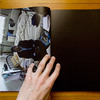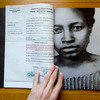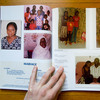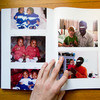Review: A Possible Life. Conversations with Gualbert by Ben Krewinkel
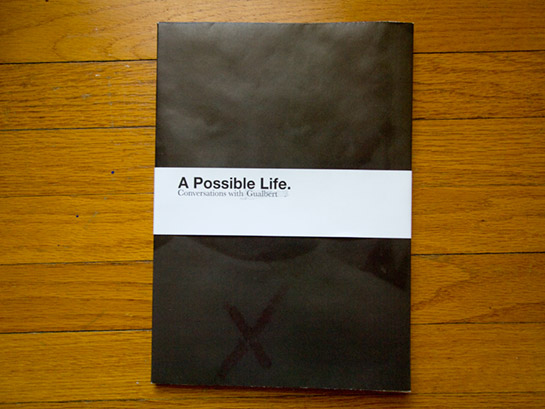
“Is it possible,” asks Ben Krewinkel, “to document the life of an undocumented person who has been lived [sic!] in the Netherlands since 2001, without creating a manifesto that links its authors to certain political views?” Is it really necessary, this reviewer might ask back, to avoid taking a political stance? What is gained from that? But those are questions leading into a different direction. Let’s instead stick with A Possible Life. Conversations with Gualbert, the book that has resulted from the collaboration between Krewinkel and a man identified as Gualbert (not the real name). Illegal immigration of course is a hot topic all over the world. It constitutes a real issue - as much as a rather crude political tool used by the political right to whip up ugly sentiments. Americans will be as familiar with it as Europeans - in different ways, of course, than the people from the countries we love to refer to as “developing”. (more)
How do you tell a story of an undocumented immigrant? The easiest solution, it would seem, would be to simply tell it like it is. All the reader/viewer would then have to realize on top of that is that there isn’t just one story - there are many very different circumstances under which undocumented immigrants live (just consider the case of children of undocumented immigrants, born in the country that does not recognize their parents, and by extension them, as citizens, even though in all aspects they are). A Possible Life. Conversations with Gualbert does just that, using a vast amount of archival materials (reproductions of documents, archival photographs, etc.), plus photographs taken by Krewinkel.
The presentation itself, the way the book is constructed, is used to convey part of the story. The book is made in a simple way: Large sheets of paper, with material printed on both sides and folded in half, are stacked on top of each other and stapled together. Another large sheet of paper is folded up in a slightly different way to create a dust cover. You might wonder whether this kind of construction does not create a problem: If you fold a piece of paper with information on both side in half and then staple things not at the fold but at the opposite end - doesn’t that make the material on what has become the inside inaccessible? Yes, it does - unless the viewer gets a sharp knife out and cuts things open.
I’m sure the idea of cutting open a book - “destroying” its pristine primordial state - will send shivers down the spines of many photobook collectors. Nevertheless, this act is what is asked of anyone who buys a copy of the book. Lest you think I’m imagining things, it comes with a bookmark that includes instructions how to proceed. Of course, you don’t have to cut open the pages. You can leave them closed. You will not be able to see their content. The day-to-day life of Gualbert will remain hidden from you - just like the lives of illegal immigrant in general are hidden from view, while the various debate rage on about abstract quantities and economic facts.
The book’s form thus contains part of the message, and cutting open half of the book might be the most radical reader involvement I’ve ever encountered in a photobook. In all aspects, A Possible Life. Conversations with Gualbert is a compelling case for what the contemporary photobook can do, opening up a debate that all too often is too simplistic, too much focused on whipping up resentment for quick and often ugly political gains.
A Possible Life. Conversations with Gualbert, photographs by Ben Krewinkel, 80 pages (40 + 40 hidden ones), self-published, 2012



